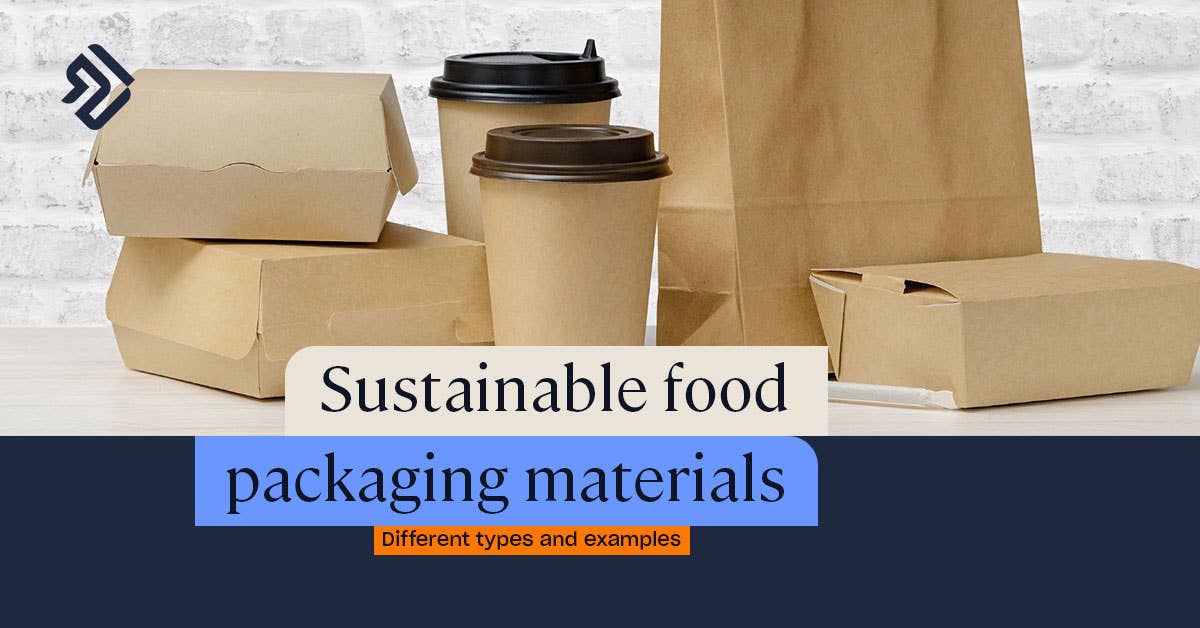
Making a Green Move: The Impact of Sustainable Packing Materials
Moving to a new space is an exciting journey, but it often involves a considerable amount of packing. Embracing sustainability during this process is not only environmentally responsible but also contributes to a healthier planet. Let’s explore the significance of sustainable packing materials and their positive impact on both the environment and the moving experience.
Link to Sustainable Packing Materials
For those committed to making eco-friendly choices during a move, consider opting for Sustainable Packing Materials. These materials prioritize environmental responsibility, ensuring a green move that aligns with sustainability goals.
Reducing Single-Use Plastics: A Step Towards Sustainability
One of the primary advantages of sustainable packing materials is the significant reduction in single-use plastics. Traditional packing materials often include plastic wraps, bubble wrap, and foam peanuts that end up in landfills, contributing to environmental pollution. Choosing sustainable alternatives allows individuals to minimize their carbon footprint and promote a circular economy.
Biodegradability and Compostability: Earth-Friendly Choices
Sustainable packing materials are designed with biodegradability and compostability in mind. Unlike traditional materials that linger in landfills for centuries, eco-friendly alternatives break down naturally, returning to the earth without causing harm. This characteristic ensures that the environmental impact of the packing process is minimized, promoting a more sustainable and regenerative approach.
Recyclable Options for Circular Economy Practices
Many sustainable packing materials are recyclable, contributing to circular economy practices. Choosing materials that can be easily recycled ensures that they can be reprocessed and used to create new products, reducing the demand for virgin materials. This closed-loop system supports environmental conservation and minimizes the depletion of natural resources.
Optimizing Reusable Containers: A Long-Term Solution
Sustainable packing extends beyond the materials used for padding and protection. Utilizing reusable containers and crates is a practical and eco-friendly choice. These containers not only reduce the need for disposable packing materials but also serve as a long-term solution for storage and organization at the new location, eliminating unnecessary waste.
Energy-Efficient Production Processes: A Holistic Approach
Many sustainable packing materials are produced using energy-efficient and environmentally friendly processes. This holistic approach considers the entire lifecycle of the materials, from sourcing raw materials to manufacturing and distribution. By supporting products with low environmental impact, individuals contribute to a more sustainable and responsible supply chain.
Minimizing Carbon Footprint in Transportation
The choice of packing materials can also impact the carbon footprint associated with transportation. Sustainable materials are often lighter and more compact than traditional counterparts, reducing the weight and volume of shipments. This, in turn, minimizes fuel consumption during transportation, making the entire moving process more eco-friendly.
Enhancing Brand Image and Responsibility
For businesses engaged in shipping and logistics, choosing sustainable packing materials enhances their brand image and corporate responsibility. Consumers increasingly prioritize environmentally conscious practices, and companies that align with these values stand out positively in the market. Sustainable packing becomes a visible commitment to responsible business practices.
Educating and Encouraging Sustainable Choices
Opting for sustainable packing materials provides an opportunity for education. Individuals and businesses can raise awareness about the environmental impact of packing choices and encourage others to make sustainable decisions. This collective effort contributes to a broader cultural shift towards more eco-friendly practices.
Conclusion: A Greener Move for a Sustainable Future
In conclusion, embracing sustainable packing materials is a small yet impactful step towards a greener move and a sustainable future. By reducing single-use plastics, prioritizing biodegradability and recyclability, and optimizing reusable containers, individuals and businesses contribute to a more responsible and eco-friendly moving experience. Choosing sustainable packing materials is not just a practical decision; it’s a commitment to environmental stewardship, demonstrating that every move can be a positive contribution to a healthier planet.
